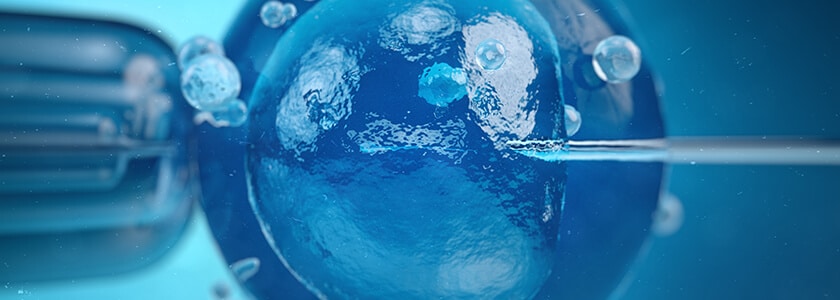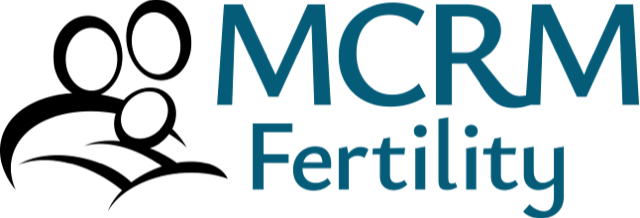There are a multitude of variations, methods and protocols to do in vitro fertilization (IVF). There have been protocols that have come and gone over the decades but currently there are quite a few different ways to go about things. This implies, of course, that there is one “best” way to do IVF and certainly I believe strongly that this is true. By “best” I mean highest probability of success, mainly. However, as it turns out, the “best” method of doing IVF also has a lot of benefits for the couples with regard to medications, scheduling, cost, overall value and efficiency with respect to time, cost and ease.

Minimal Stimulation Protocols
At the very bottom of the list of ways to do IVF are the so-called minimal stimulation protocols such as Mini-IVF, Micro-IVF and Intravaginal Culture Devices. By this again, I mean that these are the methods that carry the absolute lowest probability of success with respect to the other methods. The idea behind these low stimulation protocols is to indeed save cost. Certainly, this is a noble idea and goal; however, with a typically lower probability of success per cycle the initial cost savings that may be provided by these protocols are often quickly lost due the requirement of multiple additional cycles. One must note, the procedures required for mini-IVF/micro-IVF are the same as those with traditional IVF; so, the cost savings that are provided is related to the overall costs in medication.
These types of protocols, contrary to some information on the internet, do not somehow “take out” the good eggs. Of course, if they did, everyone would utilize these protocols universally and secondly the success rates would universally be better. That said, the premise of Mini-IVF/Micro-IVF/Intravaginal Culture Devices is simply to save money, NOT to have improved probability of a pregnancy. Thus, on average, the cost per baby or cost for ultimate success is higher for these low stimulation protocols. Again, there are much more efficient and cost-effective ways to reach success.
Perhaps the one exception to the idea is that these lower stimulation protocols (and there are several others besides Mini-IVF/Micro-IVF/INVOcell is that it can be useful for patients who indeed have diminished ovarian reserve as evidenced by a low antral follicle count (AFC – perhaps less than 5 or 6) and a low AMH blood level or a high FSH (greater than 9 or 10). In such low reserve patients, low stimulation protocols can indeed save a few dollars for the couple without compromising the success. Clearly, as literature shows, these lower stimulation protocols carry a lower probability of success, do not “pick out the good eggs,” and in the long run cost more to achieve success than do traditional protocols. So, doing these low stimulation protocols for the right reasons is critical, obviously, and patients should not be fooled by misinformation.
Please contact MCRM Fertility and obtain information or schedule a consultation to discuss these ideas further in terms of your own particular situation.
Warmest Regards,
Peter Ahlering, M.D.
]]>
